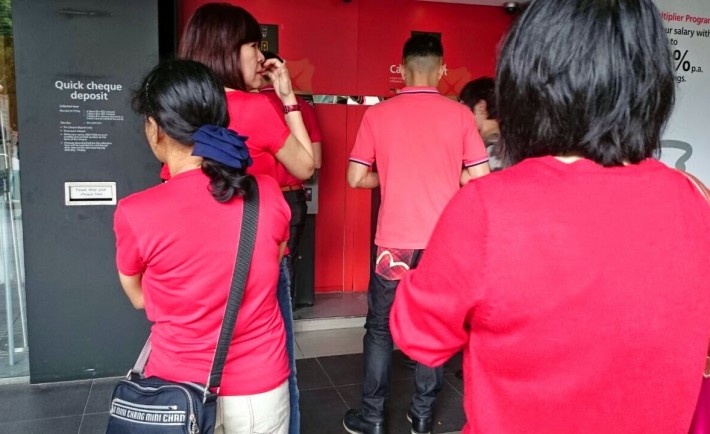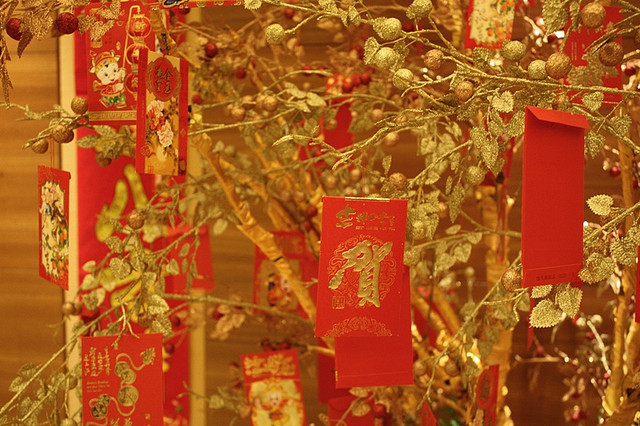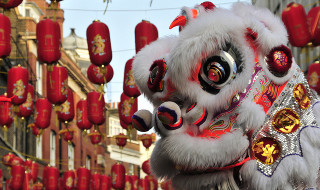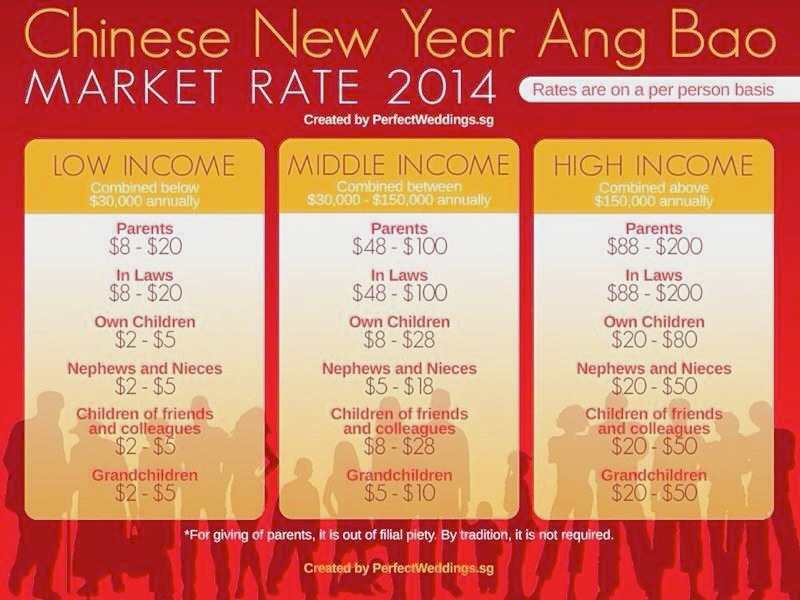As we step into the Year of the Wood Snake, a time symbolizing adaptability, diversity, and lateral growth, many are seeking ways to channel these traits into personal improvement. With New Year’s Eve just behind us, the air is filled with aspirations and a touch of superstition.
From wearing lucky colors to gobbling up 12 grapes under a table at the stroke of midnight (yes, that’s a thing – just ask my friends flooding social media with it), everyone seems to have their own ritual to invite fortune into their lives. But here’s the catch: luck can only work its magic when paired with action.
So why not take a proactive approach this 2025 by adopting these six auspicious habits?
#1: SET A TIMELINE
Resolutions don’t have to start on January 1. If the timing doesn’t feel right, delay them until you’re ready. For instance, I have put my Thesis Writing on hold while I celebrate Christmastime with my family.
Stressful now? Begin in February, or whenever suits you best. The key is to align your goals with your energy and mindset, not an arbitrary date.
#2: QUIT COMPARING YOURSELF
Your journey is uniquely yours. While it’s tempting to measure your progress against others’ resolutions, resist the urge. Set goals that reflect your personal aspirations. Ignore what’s trending on social media or in social conversations.
#3: LEAN ON OTHERS FOR SUPPORT
Teamwork makes the dream work. Whether it’s joining a fitness group or a professional development community, surrounding yourself with like-minded individuals can boost your motivation and keep you accountable.

Image Credits: unsplash.com
And don’t forget clear boundaries are essential. If certain friends or environments trigger unhelpful habits, communicate your needs. True friends will uplift you rather than drag you down.
#4: PRIORITIZE FITNESS
Health is wealth, and there’s no better time to make 2025 your year of transformation. Use fitness tracking apps or smartwatches to monitor your progress, set achievable goals, and push past your limits. Every small step counts toward a healthier, happier you.
#5: BE KINDER TO YOURSELF
Slip-ups happen. Instead of berating yourself when things don’t go as planned, analyze the situation. What led to the setback? How can you handle it better next time? Celebrate even the smallest victories because progress is a journey. Personally, I like to reward myself with items from my wish list (e.g., lip gloss or perfume) whenever I achieve a certain goal. What items are on your wish list?
#6: PRACTICE GRATITUDE
Negativity can fuel bad habits, but gratitude can extinguish them. Replace self-doubt with affirmations like “I can” and “I will.” Write down three things you’re grateful for each day or place uplifting notes around your home. These reminders of your power and resilience will keep you grounded.

Image Credits: unsplash.com
The Year of the Wood Snake offers a perfect backdrop for growth and renewal. Embrace these habits, and watch your 2025 flourish!






